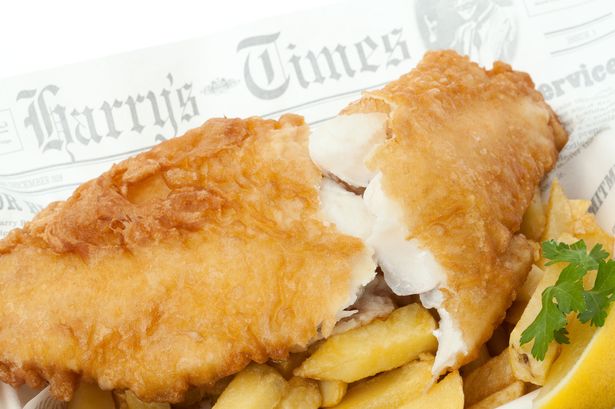Finding Fckn Nemo!
Mapping the human genome. Landing a Boeing 737. Boiling your egg so it’s ‘just right’. Shit, I’ve just watched a programme where they have 3d printed a dogs skull. All these things are difficult things to do. None however come close to the ba*tard complexity and frustration that is fish-keeping, especially for beginners. Let me tell you!
I wanted to write this blog post to act as a record of what we’ve (Becca & I) learnt so far, but to also give plain-English advice we’d give anyone else who maybe considering fish keeping. Like every hobby, there’s all kinds of people out there making a fckn meal out of help guides and so on and the Internet is both a blessing and a curse with lots of confusing conflicting info, all highly confusing. A bit like when you Google ‘what causes headache’ and the first thing you get returned is ‘tumour’! So without further ado, grab yourself a cup of tea, sit back and relax and let this post get inside your eyes.
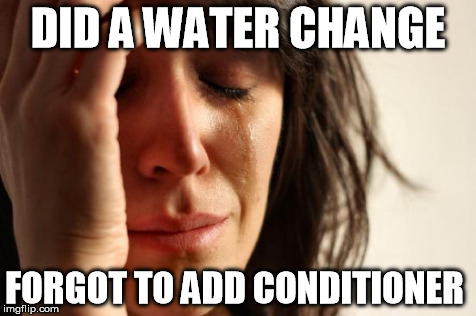
Back in the old days.
I’m sure I remember when I was a kid, keeping fish was as easy as winning a Goldie’ at the local fair, bringing him home in a plastic bag (after you’d walked around with him all night and lost him on the Dodgems) and keeping him in a Tupperware container until you could go to the pet shop the next day and get a tank. You’d race home excitedly, fill it up with cold water from the tap, bang in some rocks and fake plants and drop the little guy in. That was it. Unless you were unlucky that motherfucker would outlast a nuclear attack. I’m sure as a kid I remember feeding that guy bits of Cheese Sandwich, crisps, you name it. He was fine. Maybe you did similar? You’d forget to feed him, you’d over feed him, the cat would maul him but he’d sit there, looking at you gormlessly yet somewhat happy and there you had it, you had a fish.
Pappa’s got a brand new bag (of fish)
So a few weeks ago, I decided Mia would enjoy learning about the circle of life (you know you’ve already started humming the song from Lion King!) and taking responsibility of animals. Her first pet. And to be honest, I had always wanted to try my hand at keeping fish, you know, making your living room look like a 80’s Japanese Restaurant and besides, they do look cool don’t they? So, I thought I’d give it a go and excitedly told Becca & Mia that ‘Mia wanted fish’ (to justify it in my mind!) and I dragged them kicking and somewhat screaming into our local Pets at Home in Daybrook. (more on this later)
Fish 2.0
The first thing we learnt was fish keeping is a whole lot more complicated than I first thought. Tropical Fish, Coldwater fish, Marine Fish, the three main categories of fish. (and here’s me thinking it was Cod, Haddock and Pollock!!) You pick one, as each tank is customized for that type of fish. Mia wanted Nemo (a clownfish) but I learnt that Clownfish are marine, and jumping straight to keeping marine fish as a first timer was a bad move. So we went a level down and started with Tropical. This gave a good range of pretty interesting fish and also kept the initial costs down to a minimum.
The good thing with going to a place like Pet’s at Home, is that they do quite a lot of starter kits making sure we had everything we needed as not only do you need a tank, you need a filter, you need other ‘stuff’ and it’s a bit of a minefield unless you know what you’re doing. We opted for a Panorama (one of PAH’s own brands I think) 65L starter tank with a stand and asked that question of the young girl who was helping us, …’so what else do we need’.
£300 odd quid later we were packing the car with water treatment, test strips, bacterial starter liquids, foods, tank decoration and various rocks and gravel. This was going to be way more expensive than I thought. Fck me dead!
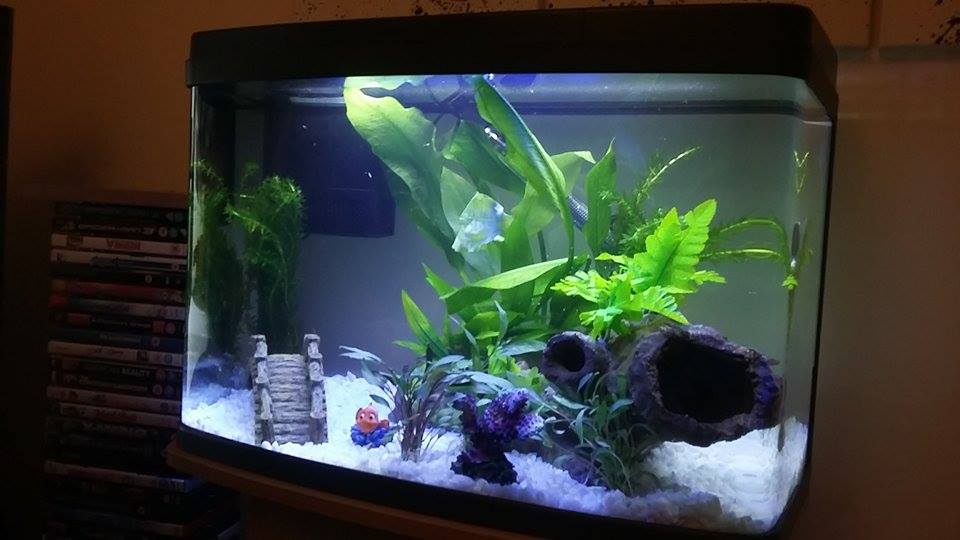
Tip 1 – What you’ll need – bare minimum.
So, now we’ve done this fish keeping thing for a few weeks, here’s what you should be considering for your set up (I’ve put the approx. prices we paid next to each item so you can cost up this hobby for yourself);
- A tank (don’t go too small, 65L is about right to start). Go for one with integrated lighting (£140)
- Substrate (the gravel). Depending on the type of fish you want to keep, get a medium sized gravel and get lots of it (£10)
- Decoration, stone and plastic bridges, mock choral, that type of thing. You want to be giving your fish an opportunity to have a varied landscape to swim in (more on tank design later). (£60)
- Live plants – make a decision on whether you want to keep live plants (a little on this next) (£30)
- Tap Safe – this is a liquid which dechlorinates your tap water. You use this when filling your tank for the first time, doing water changes or whenever you add fish. (£5)
- Bacterial Starter – this is a liquid which starts the process of growing good bacteria which helps the water balance and provides a suitable environment for your fish. (£5)
- Filter & media – buy the right starter tank and it’ll come with a filter (sometimes called a HOB – hang on back) and a couple of what look like coloured sponges (media) (£20)
- A water heater – again, sometimes included with your tank, if not you’ll need one as you need to keep the water at around 24 degree’s (£20)
- Water test kit (get one for both Nitrates, Nitrites, PH, Oxygen and Carbon Dioxide, and then one for ammonia too) (£30)
From the above, and what we learnt after our first tank loss, I now also recommend getting;
- White spot treatment – this is a liquid which treats a very common fish ailment, and can be added to the water in small doses as and when you add fish (£5)
- Fin Rot treatment – this is also a liquid which treats another very common ailment (£5)
- A syphon pump – to help with water changes (£10)
- A gravel vacuum – you can sometimes get a gadget which does both the cleaning & the pumping so see if you can get one which does both (£20)
- A couple of buckets (which haven’t been used for anything else, – for water changes) (£7)
- An electronic light timer – to accurately switch the lighting on and off at set intervals to accurately simulate a day/night cycle for the benefit of both the fish & plants. (£10)
And here’s what we’ve not bought yet, but most likely will do as our experience grows;
- An electronic feeder (£20) Sounds like an unnecessary extravagance I know, but automating the process of food and light really help with the consistency and expectation of the fish – TOP TIP: did you know they can have up to a six month memory and can get stressed when what they expect (light changes, food etc) doesn’t happen.
- An airline and air pump, and air ornament (£50) – this creates an oxygen stream and helps the filtration process.
So those numbers in total are;
Initial spend: £250 (I’ve discounted the HOB filter & media and heater, as these came with the tank)
Additionally, we should have spent at the time: £60, This covers the items we really should of purchased, if we’d of had the experience, at the start.
Further costs: £100 These are items I’m classing as making the hobby easier.
You’re looking at around £450 (inc. some fish stock) to populate a 65L tank from start to finish. Your running costs are going to be about £15-30 a month on replacement filter media, plants etc.
Where to start – the process
The biggest mistake you can make is thinking you can take everything home, get set up and then drop your fish in. Oh no! Like gardening, this hobby requires a zen like level of patience. You can expedite water treatment process and get fish in within about three days, but I wouldn’t recommend it. Start slow, do it right. The key is to run the tank and cycle it for up to a month prior to adding fish. What does cycling mean? This means doing your 25% water change, adding treatment, measuring the water & running the day/night cycle with the lights, changing the filter media etc, basically treating the tank as if you had fish in. You can cycle a tank with a fish in (but more on this later).
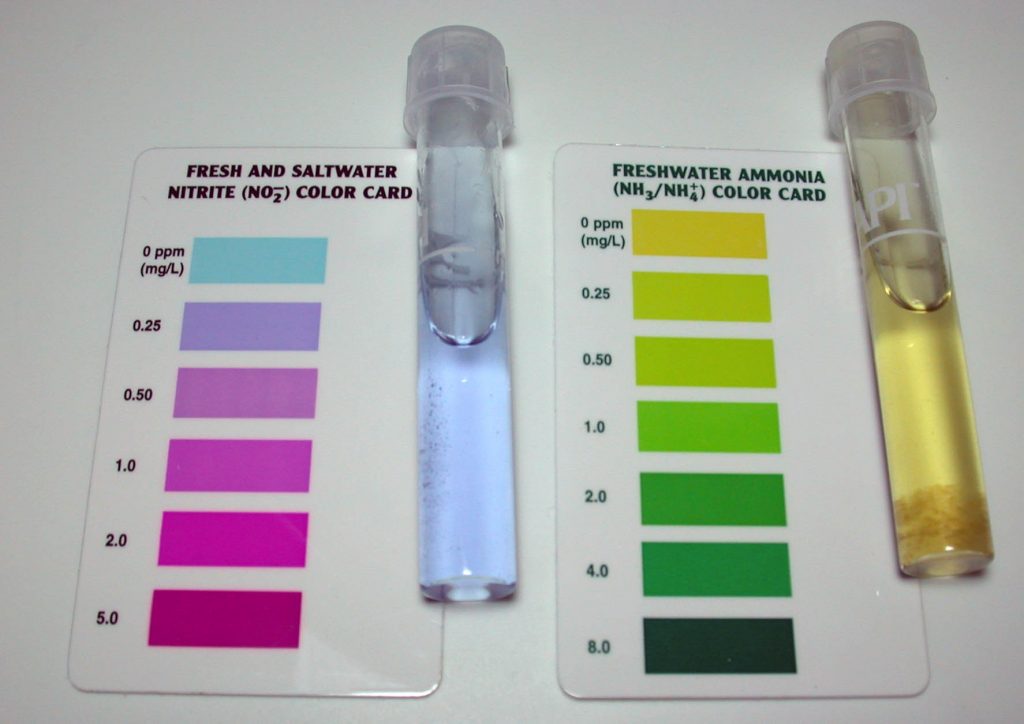
Measurement & water parameters
You will be measuring seven parameters of the water with some being more important than others. These parameters are;
Temperature – water should be kept around 24 degrees’. Pay attention in hot weather & don’t let the water become too warm.
Ammonia – every time you add something ‘live’, you’ll get an ammonia spike. This ammonia needs controlling.
Nitrites – The end product of the nitrogen cycle, should be kept to below 40PPM. High levels of nitrites can encourage bacteria which contributes to disease such as whitespot and fin rot.
Nitrates – similar to the above,
Oxegen and Carbon Dioxide – dependant on the mixture of plants and fish stock you need to keep these too in harmony. Not too much of either, and remembering one impacts the other.
PH – the alkaline and acidity of the water – something which needs controlling. Usually chemically with something like TapSafe.
Controlling all the above is a fine delicate balancing act where when you fix one, you impact another. Some say you don’t keep fish, you just learn to keep water and in your first month, you’ll be painfully agonizing over these numbers to try & get everything ‘in the green’. It will seem like an impossible task, Just keep going.
Top Tip: Select a pair of fish half-way through your cycling period and add those. Just a pair. These will create an ammonia spike which you can start controlling & this will start encouraging the good bacteria. Also, only add fish in small quantities, otherwise the subsequent ammonia spike will cause potentially an entire stock loss. There’s a great Wiki article here on what fish to consider; http://www.wikihow.com/Cycle-a-Fish-Tank
Where to get Fish – NOT Pets At Home.
Here’s where we made our first major mistake. Stores like Pet’s at Home are great for kit & equipment but despite the over-enthusiastic levels of service and smiley faces, the general consensus is we’ve learnt that the fish stock they keep can be quite poor, with very little done to control any disease in store. We witnessed tanks repeatedly being took off sale for ‘treatment’, the sale of ill fish (both our tetra’s and guppies had a combination of white spot & fin rot from the store but also (and the most surprisingly) we watched them put these diseased fish we had took back, back in the tank ready for resale to someone else. My argument with this is there’s no point in spending hundreds of pounds on equipment to then stock your aquarium with poor stock. This isn’t knocking PAH for anything other than they simply don’t have the long term trained staff to advise brand new fish keepers. The advice they initially gave I now know is slightly incorrect, contributed to our first tank of fish loss & caused a lot of unnecessary visits back to the store. I hear that their staff have no more than a couple of weeks’ orientation on each type of animal, – this as far as I’m concerned is not enough to correctly advise people on something as delicate as fish. ON THE PLUS SIDE – they were very friendly, gave us free treatment & refunded our entire stock of fish, but my advice would be to never go to PAH for livestock of any kind.
Now – a word from my lawyers – I’m not suggesting every store has the same level of negligence, and the opinion above is in my opinion only and I am in no way aware of all the facts. I am simply going on what I have seen which is circumstantial and biased at best.
Live or non-live plants
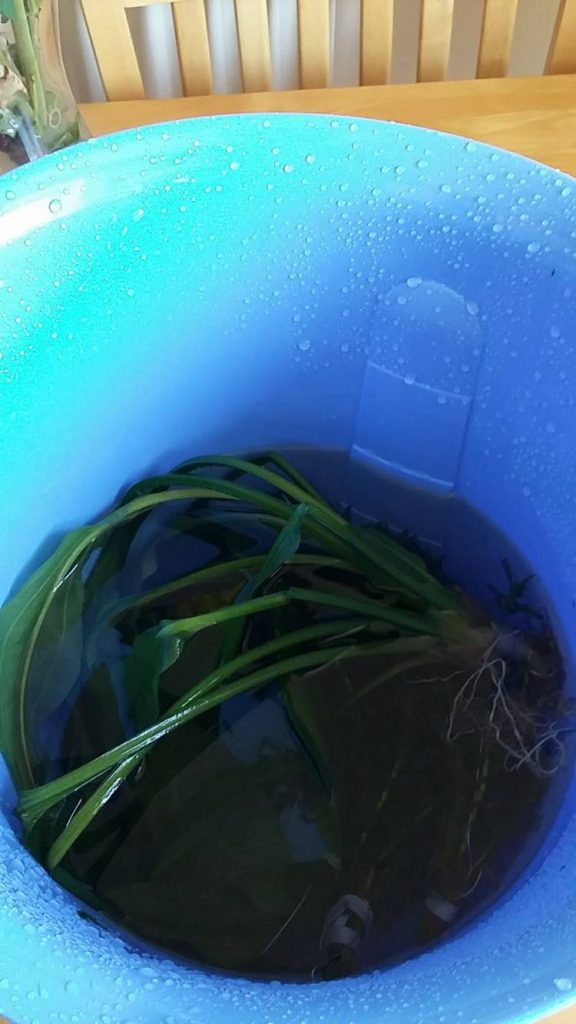
You remember earlier at the start of this post where I said landing a plane was no way near as complicated as keeping fish? Well imagine trying to land a plane, blind-folded and trying to learn Japanese from a Rosetta Stone audio book – well that’s similar to deciding on keeping live-plants too. You see, the clue’s in the name, plants are living things. By keeping live plants you’ll be attempting to manage & maintain two suitable environments instead of just one for two different living ‘things’ – fish & plants!. And here’s the fckn rub – live plants have characteristics which help the fish (producing oxygen, removing C02 etc) but also create issues which can kill the fish (algae, bacteria etc) so you’re really doubling your load if you decide to keep live plants. Like letting a room out to a murderer. Sure he’ll help you pay your mortgage, but he’s gonna’ get a bit stabby stabby at some point. However, they do look a lot better (the plants, not murderers) & are cheaper, and if you can get it right will be beneficial long term. We started with fake plants but quickly moved to live plants.
Tank Decoration
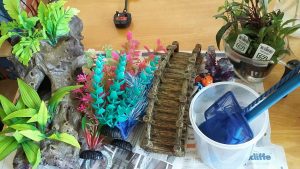
It’s not quite as simple (there’s a theme building here right!?) as making it look preddy’, you need to consider depth, a balance between dark places to hide (fish love somewhere to hide) alongside some open water to schoal in. Gravel should be inclined from back to front with 6cm at the back coming down to 3-4cm at the front (this helps push waste to the front of the tank), consider the placement of your filter & water heater alongside any aeration lines you got yourself going on. Our tank ended up looking like this which we’re fairly pleased with.
Fish stock
Add fish a few at a time. Take into account the store at which you bought them from & the likelihood of disease being brought home with the fish , and consider proactively adding whitespot and fin rot treatment right from the start. Add them slowly and don’t rush the introduction process. Every time you add fish, you need to be considering a 20% water change every week until all your levels have settled. Add only a few at a time, layer them starting with bottom feeders, moving your way into mid-tank feeders before adding surface feeders. By adding bottom feeders first, you’re helping yourself keep your tank cleaner for longer.
Tank Location
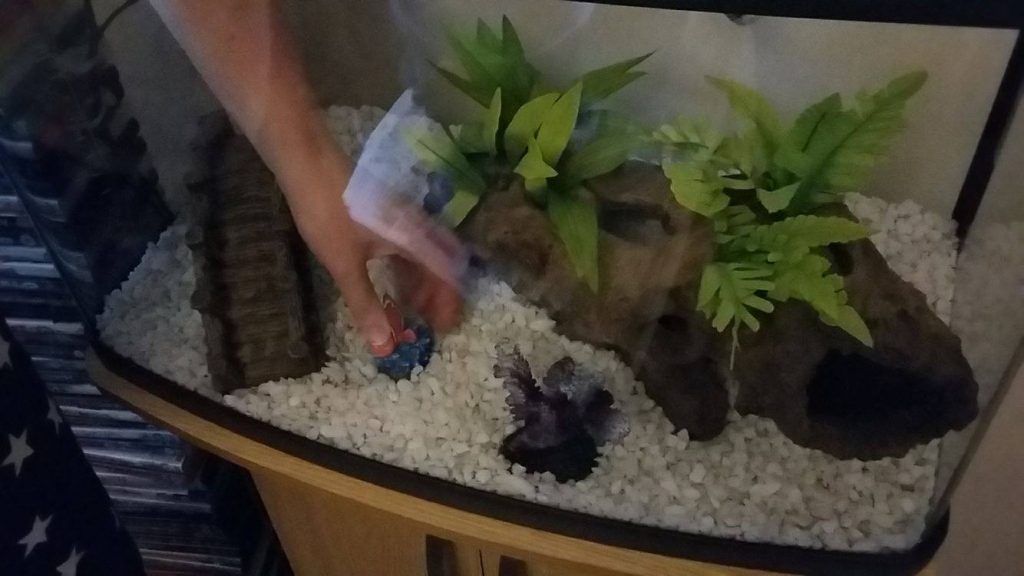
You really need to consider where to place your tank. Full of water, I think each litre of water weighs 1KG so firstly, your floor needs to be able to take it. Then you need to consider you actually have to put 65L of water near a couple of electrical outlets. It needs to be out of sunlight, and somewhere with easy access. Think about this before you place it as once it’s in situ, it’s a bugger to move. Think about giving yourself enough space to do water changes, for buckets & ideally arrange it so it’s on a water resistant surface. Maybe even covering your carpet with a rug. Think about all these things now, and learn from our fail.
Cycling your tank
We’re currently running the tank without fish. We’re adding food daily, and timing the lighting on/off schedule as if we had fish in it. This helps start the bacteria and algae which in turn kicks in the filter media to start producing the correct bacteria for the environment. We’ll add a couple of hardy fish slowly & sort the resultant spike in ammonia. We’re looking at having a full stock about end of Aug.
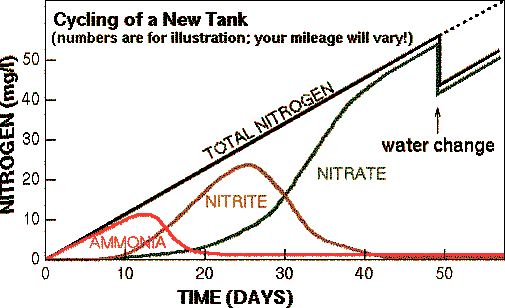
Our Recommendations
Dont rush adding fish. Dont’ go to Pets at Home for stock. Don’t think this will be an easy hobby. And get your cheque book out and do it properly.
in the next few weeks I’ll probably make use of my Raspberry Pi and use it as a wireless camera server and stream the tank. Stay tuned.

